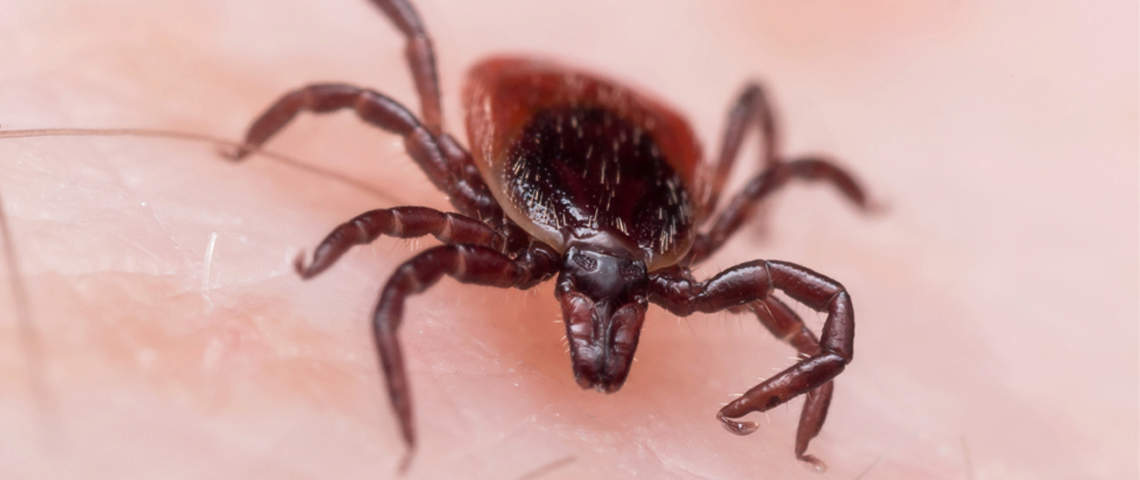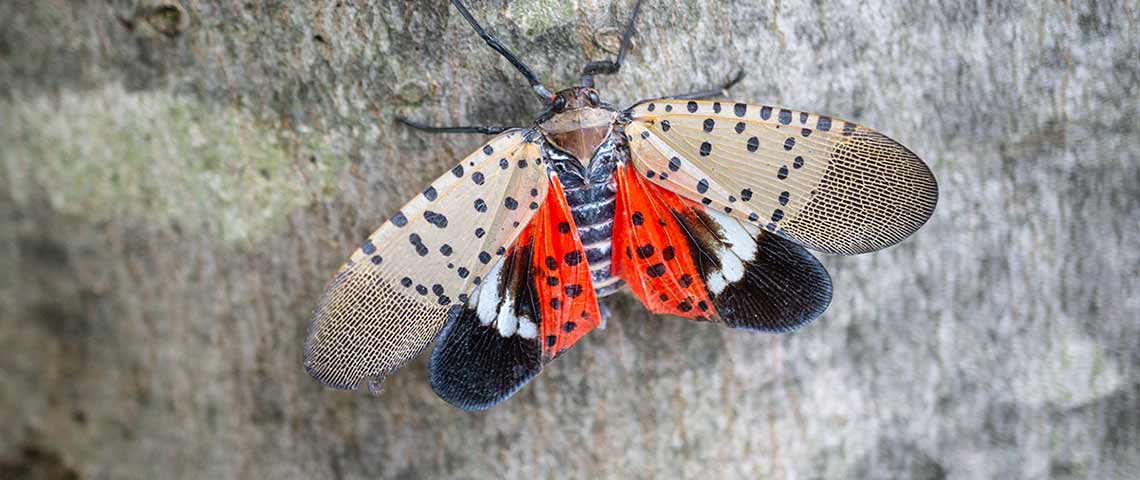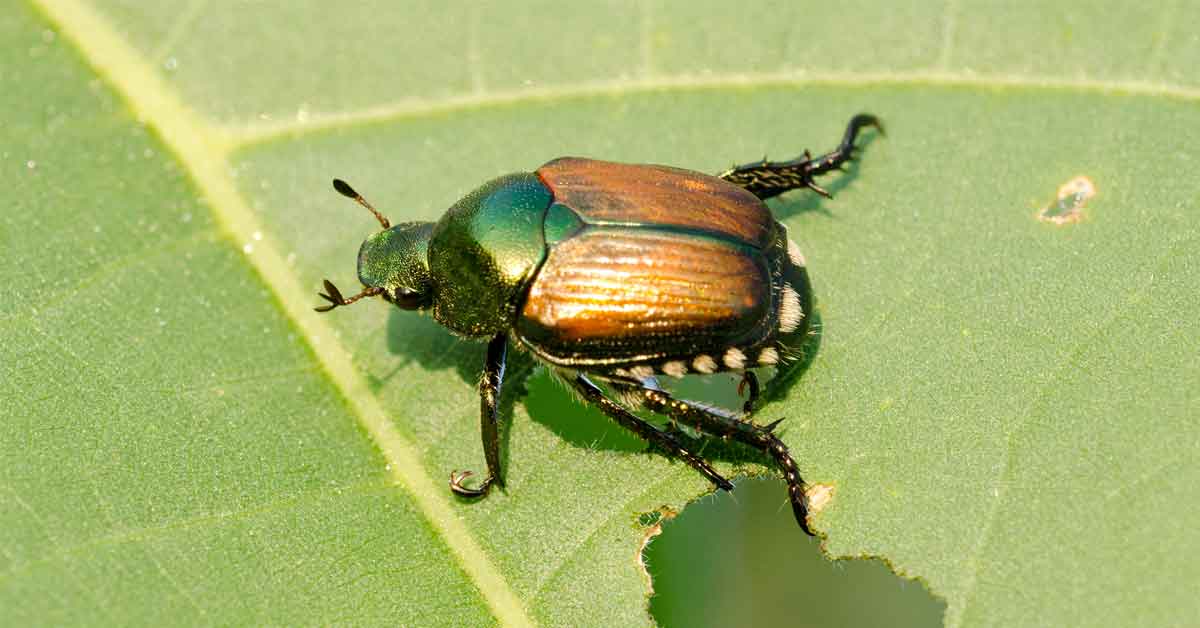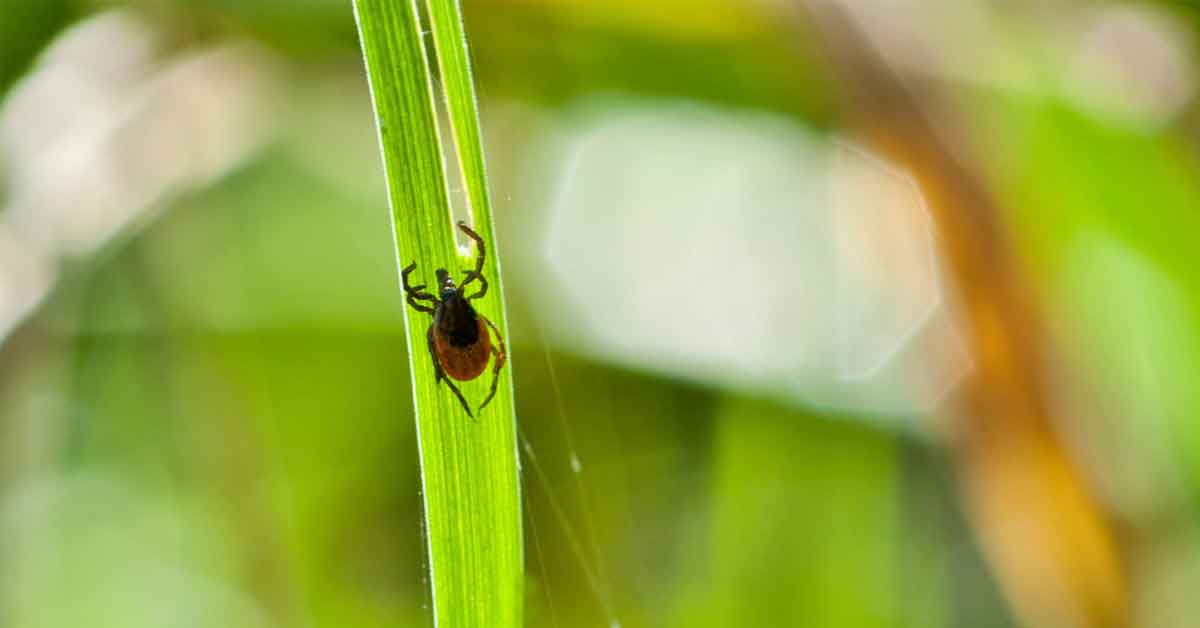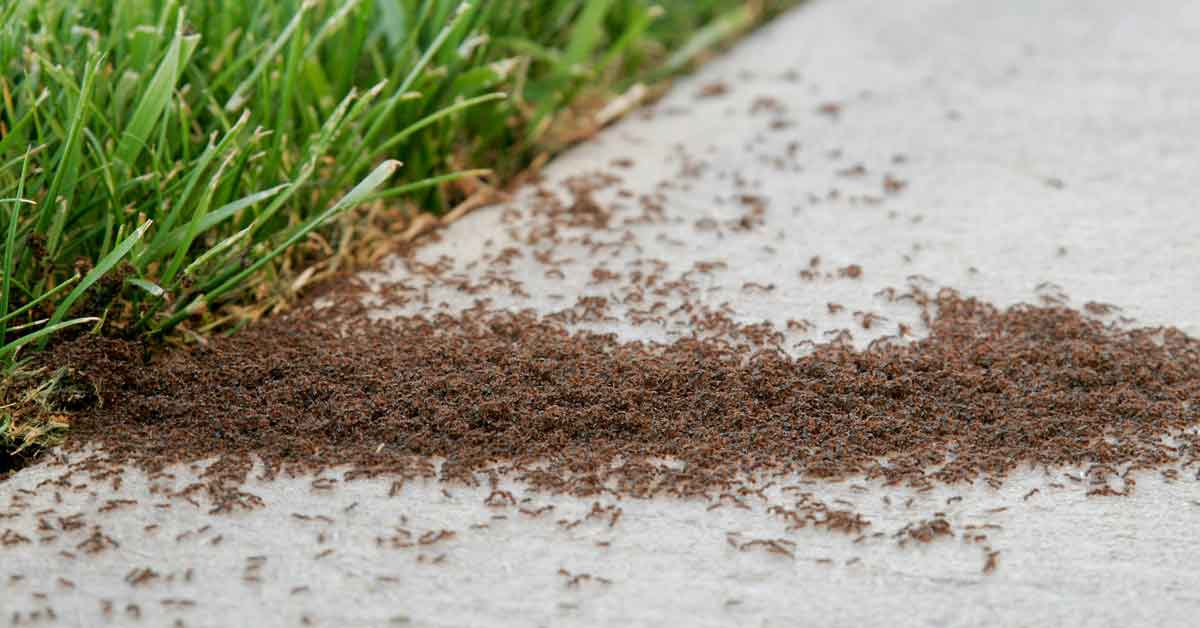How to Kill and Prevent Ticks in Your Lawn
Ticks and tick bites aren't restricted to woodland walks and camping adventures. The truth behind these pests strikes closer to home. You and your family are most likely to contract common tick-related diseases from ticks encountered in your own lawn and garden.1 Understanding the answers to these common tick questions can help you protect your family:
- When are ticks most active?
- Where do ticks typically hide?
- Why is effective tick control important?
- How can you protect against ticks?
When are ticks most active?
Depending on where you live, common ticks in your area may stay active year-round. However, tick activity generally kicks into high gear from April through September. It increases as weather warms — and people and animals become more active outside, too.
Immature, pinhead-size ticks called "nymphs" are responsible for approximately 98% of all tick bites. Nymph activity — and the transmission of tick-related diseases such as Lyme disease — tends to peak from May through July.1

Where do ticks typically hide?
It may seem as though ticks drop down from tree branches, because they're often found hidden in hair. However, they actually start closer to the ground. Favorite hiding spots include naturalized or unmown areas with weeds and tall grasses, especially when those spots are humid and shady.
When lawns are nearby, ticks move into mowed areas, too. But more than 80% stay in the lawn's outer 9 feet. Low-lying ground covers and low-hanging shrubs in gardens or foundation plantings are also prime spots for ticks.
Ticks typically move onto humans or animals that brush against grasses or weeds when passing by. Then ticks climb upward and find a spot to bite and feed. An estimated 75% of tick bites occur from ticks picked up during normal home activities such as starting a new garden, playing with pets and kids, or entertaining friends.1
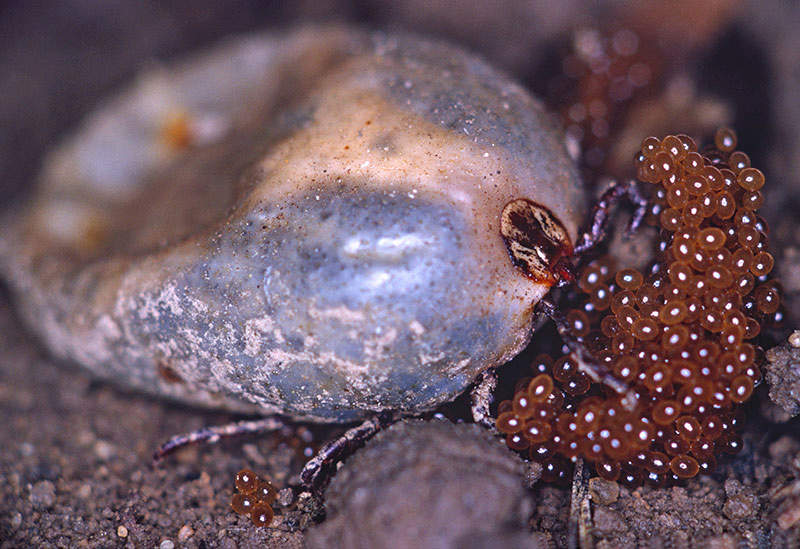
Why is effective tick control important?
Tick problems don't go away on their own — they multiply. Ticks that carry the bacteria responsible for Lyme disease typically lay eggs in batches of 3,000 or more. Some types of ticks lay up to 15,000 eggs before they die.1 Untreated ticks may live for several years, and some types can even live indoors.
No U.S. region is free from the threat of ticks and tick-transmitted disease. Across the country, tick populations and diseases are on the rise.2 Reactions to tick bites range from mild itching to serious, even deadly conditions, including Rocky Mountain spotted fever, Lyme disease, tick-induced paralysis and Powassan virus.3
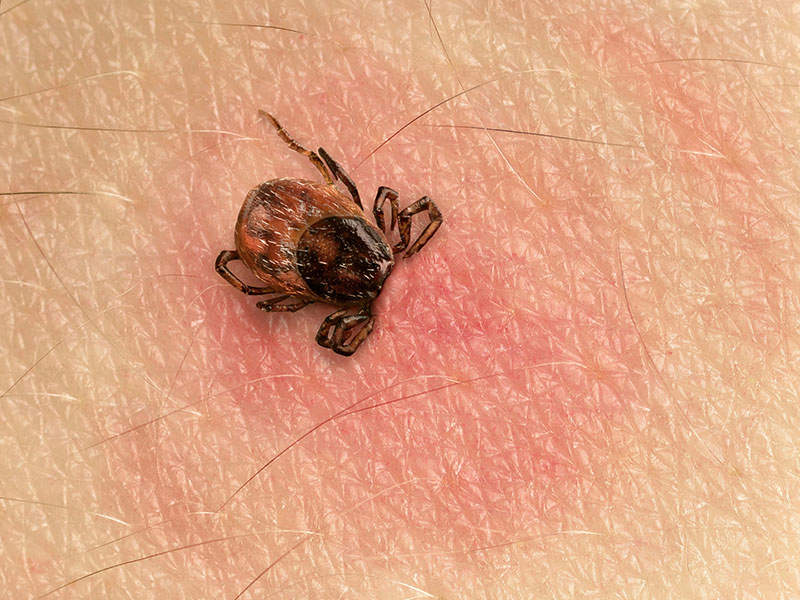
How can you protect against ticks?
Take steps against ticks by making your lawn and garden less attractive to these pests. Keep areas free of tall grass, weeds and garden debris — you'll also discourage small rodents, which transport ticks. Place outdoor play and entertainment areas in sunny, airy spots, away from tick-prone zones. Most importantly, eliminate existing ticks and create a perimeter of protection around your home with effective tick control treatment.
With Sevin brand products, you can kill and control ticks and dozens of other unwelcome insects, even among favorite fruits and vegetables and landscapes where edibles and ornamentals mix. Target larvae and nymphs with late spring and early summer applications. Target adult ticks in late summer and fall.
Always read the product label and make sure it's the right choice for the pest and plant involved. With Sevin brand, it's simple to choose the product that's right for you:
- Easy-to-use Sevin Insect Killer Lawn Granules, applied with a regular lawn spreader, simplify treating your entire yard for ticks. Used as directed, this product kills ticks above and below the surface. Then it keeps protecting your lawn and garden up to three months.
- Sevin Insect Killer Dust Ready To Use in the convenient shaker container makes treating for ticks quick and easy on lawns, around homes, and on ornamentals and flowers. Apply a light, uniform layer of dust to grasses and other potential hiding spots to kill ticks and other lawn pests.
- Liquid Sevin Insect Killer Ready To Use2, available in three sizes, comes in convenient sprayer containers perfect for smaller areas and tick spot treatments. The spray nozzles let you adjust the spray for wider or narrower coverage to fit your needs.
- Economical Sevin Insect Killer Concentrate meets your needs for large-scale tick control and comes with an easy-to-use measuring cap. Use this product with a backpack or pump-style sprayer.
- Sevin Insect Killer Ready To Spray does the mixing and measuring for you; just attach it to a garden hose and go. It's perfect for thorough coverage of shrubs, groundcovers and other areas where ticks hide.
Whether it's the height of tick season or you're keeping pests at bay year-round, rest easy with Sevin garden insecticides. GardenTech and the GardenTech family of brands are here to help you learn and grow. Stay connected, and let the GardenTech blog and newsletter help you explore the joys of gardening and outdoor fun.
Always read product labels thoroughly and follow instructions carefully, including guidelines for pre-harvest intervals (PHI) and application frequency on edible crops.
Sources:
1. K.C. Stafford, “Tick Management Handbook," The Connecticut Agricultural Experiment Station, 2007.
2. Centers for Disease Control and Prevention, “Reported Cases of Lyme Disease by Year, United States, 1995-2015," U.S. Department of Health and Human Services.
3. Centers for Disease Control and Prevention, “Tickborne Diseases of the United States," U.S. Department of Health and Human Services, 2017.
Get Monthly Gardening Advice!

